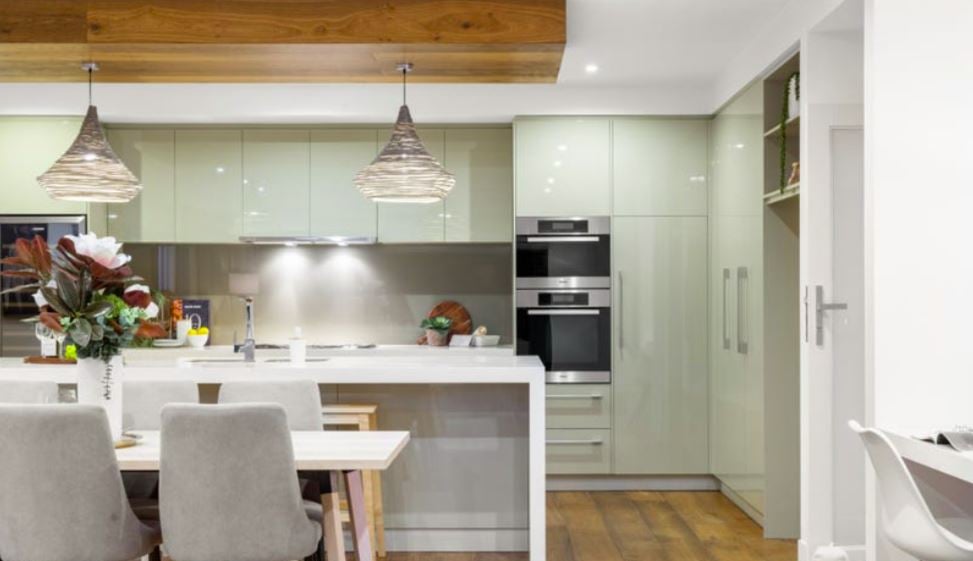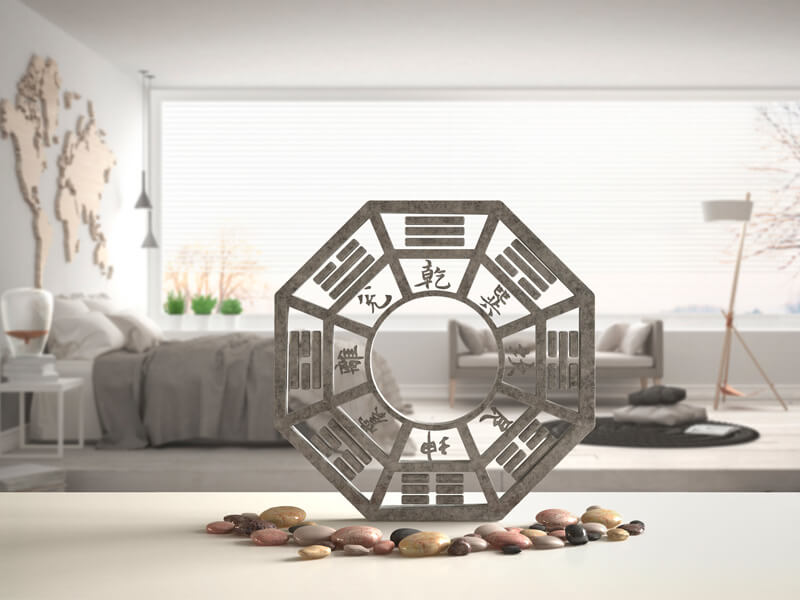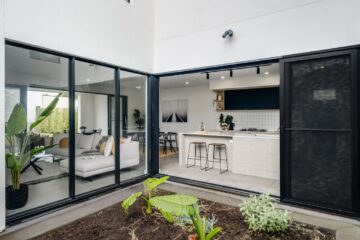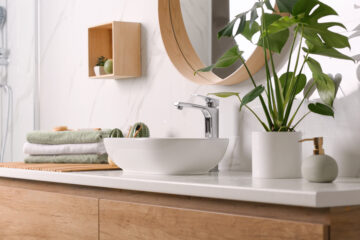Feng Shui is the Chinese practice that focuses on balancing and harmonizing the energies in your home, office, and life to reflect your emotional self. Aligning the energy of your environment with your own is easier than you think, take it step by step and it is believed that this will unlock the flow of energy to help you lead a more balanced life.
Feng Shui is made up of 5 elements, these include;
– Water
– Metal
– Fire
– Wood
– Earth
If you have the correct amount of each element in your home or space you will create balance and harmony.
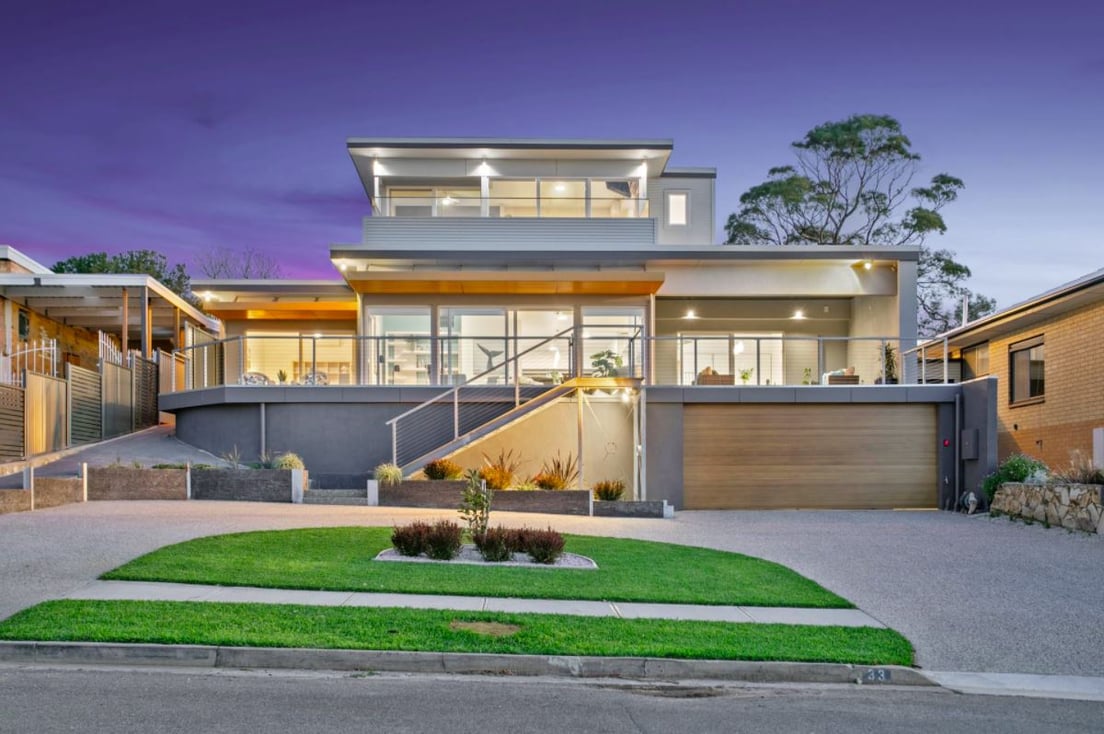
First Impressions Count
In feng shui, your front door is one of the most important areas of your home and represents the face you show to the world. On a practical level, it is how you come in and out of your home. Your front door sets the tone for you and your visitors when entering your home. It’s also the last thing that you see when leaving your home to go out into the world. If you are planning on installing a water feature into the front of your property it is recommended that it is positioned in the north, east, or southeast corners of the garden, this will help bring prosperity and wealth. However, don’t place a water feature on either side of your front door as this will create negative energy.
Below are some examples of what colours you could consider painting your front door in relation to the orientation of your home.
The coloring of your front door in relation to Feng Shui can mean a number of different things;
– Red is related to power, it is the color for protection and the transformation of negative energy.
– Blues and greens represent wood energy in feng shui. The wood element encourages growth and cultivates kindness and flexibility.
– Black is an expression of the Feng Shui element, water. Black is an excellent color choice for a front door that faces north. If you have a north-facing door, painting it black strengthens the energy of your home.
– Greys or whites invoke precision, beauty, and elegance. Grey also has the added benefit of inviting helpful people to support us, while white encourages joy.
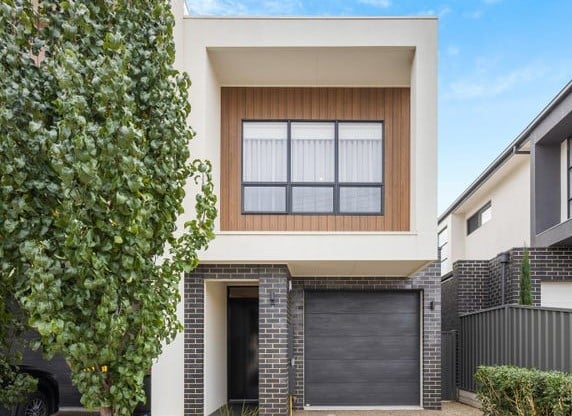
Your bedroom is the key to a good nights sleep
When it comes to the placement of the furniture in a bedroom there are some key things to keep in mind;
– Place the bed away from the entry door. This prevents chi energy from rushing over you while you sleep.
– Put your bed against a solid wall for the best placement. This will provide strong, sturdy support and prevent any sense of movement behind you.
– Situate your bed on the wall that is diagonal across from the entrance. This allows you to see anyone who enters your bedroom.
– Work with limitations. If the only place available for your bed is on the same wall as the door, then place it as far away from the door as possible. This keeps chi interruption to a minimum.
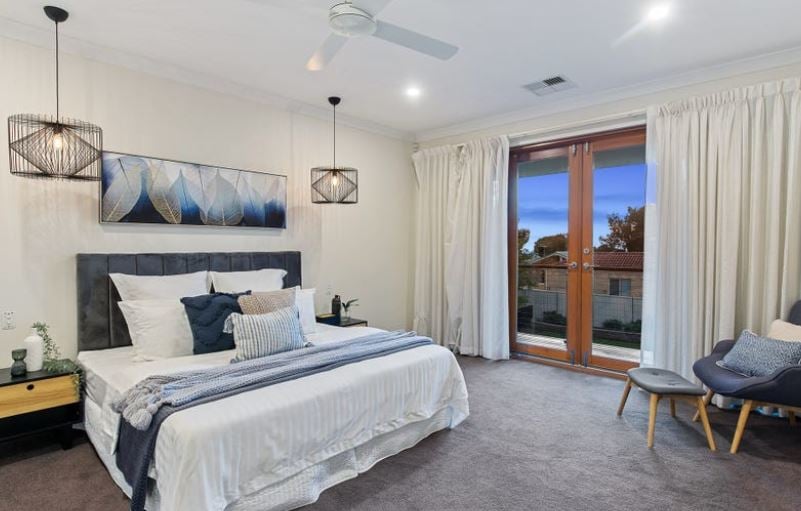
Maximise the Feng Shui in your Living Room
The lounge room or living room is one of the most used shared spaces in a house, so it makes sense to optimise the area for a better life. And while the ins and outs of proper feng shui practice are quite intricate, there are some easy ways to realign your home for maximum benefit. Some great tips for creating positive feng shui in your living room are;
Clear and Declutter – e.g. bulky furniture, dark furniture, clutter, rubbish.
Consider your layout – make sure that your furniture faces the entryway to the room. Position the couch and chairs in such a way that whoever is sitting on them doesn’t have to turn around or stand up to see people coming into the room.
Add Living Plants – this can help absorb negative energy, improve air quality and freshen up any space.
Choose correct artwork – try to pick your artwork and then base the remainder of your living room around this, using the correct colours and textures will give you a base for creating balance in your home.
Lighting is key – A beautiful, light-filled space ushers in bright and uplifting energy, and can be achieved with a combination of natural and artificial light. Do away with shadows in dimly lit corners of the lounge room with lamps.

The Ideal Entryway
Aside from the front door itself, the entryway is the critical space in our home for first impressions. Your front entryway and front door is considered to be the ‘mouth of qi’ the area where all opportunities flow into our lives. Try to avoid using mirrors in the entryway as these are believed to send ‘qi’ right back out the door via the reflective properties of the mirror.
Avoid displaying personal items.
Poor, or non-existent, feng shui in the entryway involves displaying highly personal items. This is because the entryway is considered to be one of the most public spaces in our home. Family photos, for example, are better displayed in more private areas of the house. Save your family photos or trinkets for your bedroom, where they will be enjoyed and appreciated by you every day.
Display art.
The feng shui entryway is a perfect place to hang beautiful artwork. It sets the tone for the entire home, really, so make sure that your entry’s art has a calming, positive effect on viewers. Balanced by a small table or shelf underneath, the art will welcome visitors and residents alike into the home time after time.
Make the entryway’s flow instinctive.
Arrange the entryway in such a way that a visitor will know instinctively what is expected and where to go, due solely to the flow of the space itself. Use visual cues, such as artwork, or physical cues, such as rugs, to help your visitor navigate the space seamlessly and comfortably.
Use greenery or fresh flowers.
Adding greenery is one of the most effective ways to infuse a space with vitality and positive energy. Adding a large plant for example can serve as a “wall” or buffer of sorts, creating a visual barrier just where you need it.
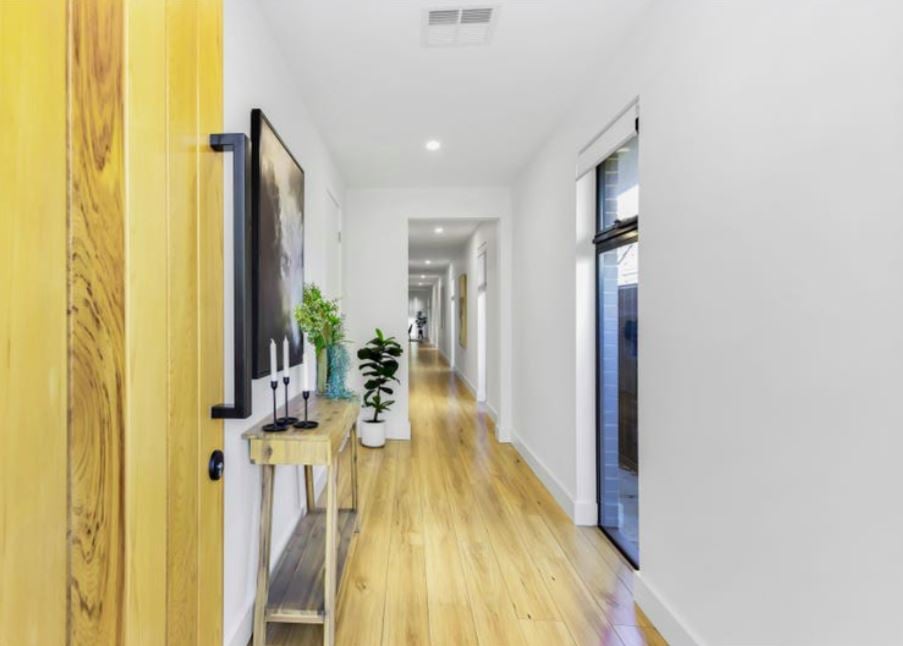
The Dining Room
Furniture placement, lighting, and accessory selection based on feng shui principles will help you achieve a gentle flow of energy in and around this important area of the house, along with harmonious communication and a calming atmosphere that feels just right. Follow these suggestions to bring some valuable vibrations to your dining zone.
– Maintain a balance of colors in the dining room; don’t make it too bright or overly dull.
– Dining room must be well ventilated and it should receive plenty of sunlight.
– Keep the dining room as near as possible to the kitchen.
– Keep the number of chairs even
– Ground your dining table with a rug
